The rise in environmental pollution and the dangers of tobacco are becoming two of the most serious public health problems today.
Disease and pollution: The consequences of tobacco that many people may not know
The rise in environmental pollution and the dangers of tobacco are becoming two of the most serious public health problems today.
Cigarettes not only directly affect the health of smokers, but also have negative impacts on the environment and the health of those around them.
Environmental pollution from cigarettes
One of the biggest environmental impacts of smoking is the amount of toxic smoke it produces.
When a person smokes, the smoke contains more than 7,000 chemicals, including hundreds of toxic substances and more than 70 substances that can cause cancer. These chemicals not only have a negative impact on the smoker but also spread into the air, affecting the health of those around them, especially non-smokers who have to live in a smoky environment.
Tobacco smoke can pollute the air indoors and outdoors. According to the World Health Organization (WHO), exposure to secondhand smoke (also known as breathing in smoke from other people) causes more than 1 million deaths each year globally.
Not only does cigarette smoke cause respiratory problems, it also degrades air quality, causing major environmental problems, especially in densely populated areas.
Not only cigarette smoke, the production, consumption and disposal of cigarette packaging also contribute to environmental pollution. Cigarette packaging often contains non-biodegradable components such as plastic and metal, contributing to increased waste and soil and water pollution.
It is estimated that every year, up to 4,500 billion cigarette butts are thrown away into the environment. Not only is it dirty waste, smoking is also the main cause of air pollution in homes, workplaces, schools, hospitals, public places and outdoors because cigarette smoke releases thousands of chemicals into the air.
In addition to polluting the environment, tobacco is also the main cause of many dangerous diseases, not only for smokers but also for those exposed to cigarette smoke.
Cigarettes contain nicotine, a powerful addictive substance, along with thousands of harmful chemicals. Long-term tobacco use can lead to a variety of dangerous diseases such as cancer.
Smoking is the main cause of lung cancer, but it is also linked to many other cancers, including cancers of the mouth, throat, esophagus, stomach, and bladder. Smoking is the leading risk factor for lung cancer, which causes millions of deaths worldwide each year.
Smoking clogs arteries and raises blood pressure, increasing the risk of stroke, heart attack, and other cardiovascular diseases. Statistics show that smokers are 2 to 4 times more likely to develop cardiovascular disease than non-smokers.
Smoking causes long-term damage to the respiratory system, increasing the risk of diseases such as chronic bronchitis and emphysema (COPD). Long-term smokers are more likely to experience shortness of breath, reduced physical activity and reduced quality of life.
Pregnant women who smoke increase the risk of premature birth, miscarriage, and low birth weight, neurological and respiratory problems. Children exposed to secondhand smoke may develop respiratory diseases, reduced lung growth, and an increased risk of asthma.
Smoking increases the risk of type 2 diabetes, makes the condition worse, and reduces the ability to control blood sugar.
Reduce pollution and prevent disease
To reduce the impact of tobacco on health and the environment, drastic and comprehensive measures are needed from the national to community levels such as strengthening anti-tobacco policies.
Countries need to strongly enforce laws banning smoking in public areas, enclosed spaces, and in environments where non-smokers are likely to be exposed.
Provide information about the harmful effects of tobacco, especially the effects of secondhand smoke and air pollution caused by tobacco. These campaigns can be carried out through television, leaflets, social media, or in schools and workplaces.
Offer support programs to help smokers quit, including medical treatments, psychological counseling, and group support.
Banning tobacco advertising and protecting children from the effects of tobacco are important. These measures can help reduce the number of people who smoke in the future.
Alternative products such as e-cigarettes and heated tobacco products, although less harmful than conventional cigarettes, still need careful research to ensure they do not cause adverse health effects.
Environmental pollution and tobacco-related diseases are serious problems affecting public health and the living environment.
To protect human health and the earth, each individual, family and community needs to clearly understand the harmful effects of tobacco and participate in environmental protection activities, reduce pollution, and take preventive measures and support smokers to quit smoking. Only then can we hope for a healthier and cleaner world.
Strengthening penalties for violations
According to the World Health Organization, there is no safe level of exposure to secondhand smoke, so to protect public health from the harmful effects of secondhand smoke exposure, indoor air must be completely smoke-free.
The Law on Prevention and Control of Tobacco Harms also stipulates that smokers are not allowed to smoke in places where smoking is prohibited, such as: medical facilities, schools, workplaces, entertainment venues, and areas with high risk of fire and explosion.
Penalties for smoking in public places have been implemented for many years, but the number of fines is not high, because smoking violations have not been detected, and the number of authorities responsible for fines is too small, so smoking in public places still occurs.
For example, Hoan Kiem district ( Hanoi ) has piloted the application Vn0khoithuoc to report violations of smoking in public places in the district.
When people discover smoking in public places or prohibited smoking areas, they can report it with photos through this application so that authorities can handle the violation.
However, after more than 1 year of implementation, Hoan Kiem district received 500 messages from people via the app, but only punished 16 cases and the fine was not high, more than 100 million VND.
To prevent this phenomenon, propaganda measures to raise people's awareness not to smoke in public places are the most effective.
According to Dr. Nguyen Huy Quang, Head of the Advisory, Criticism and Social Appraisal Board of the Vietnam Medical Association, former Director of the Legal Department (Ministry of Health), violations of smoking in public places often happen very quickly, it is difficult to identify the subjects, so do not expect too much from punishment.
The next measure is to increase penalties and increase taxes on cigarettes in the hope of limiting smoking in public places.
At the same time, we need to create public opinion, such as when we see people smoking, we must protest and remind them, not turn away. At first, only one person will remind them, then increase to 2-3 people, gradually creating strength.
Source: https://baodautu.vn/benh-tat-va-o-nhiem-hau-qua-cua-thuoc-la-co-the-nhieu-nguoi-chua-biet-d231520.html




![[Photo] Urgently help people soon have a place to live and stabilize their lives](/_next/image?url=https%3A%2F%2Fvphoto.vietnam.vn%2Fthumb%2F1200x675%2Fvietnam%2Fresource%2FIMAGE%2F2025%2F12%2F09%2F1765248230297_c-jpg.webp&w=3840&q=75)



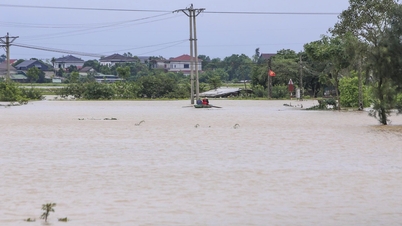

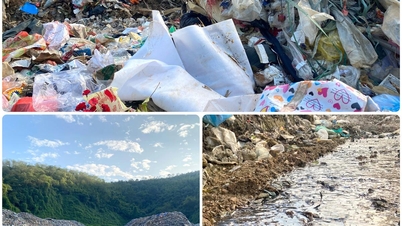








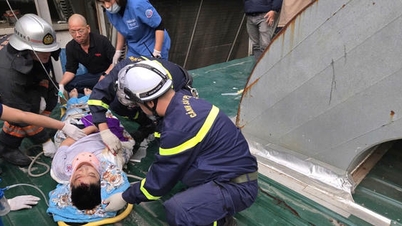



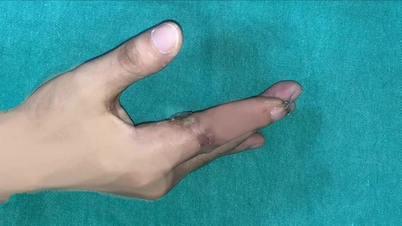



























































![[Photo] General Secretary To Lam works with the Standing Committees of the 14th Party Congress Subcommittees](https://vphoto.vietnam.vn/thumb/402x226/vietnam/resource/IMAGE/2025/12/09/1765265023554_image.jpeg)





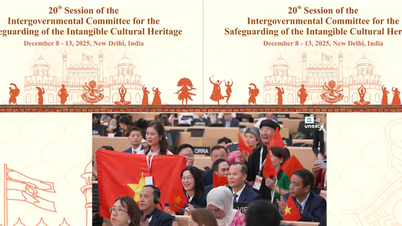






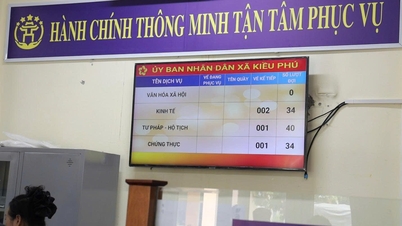




















Comment (0)